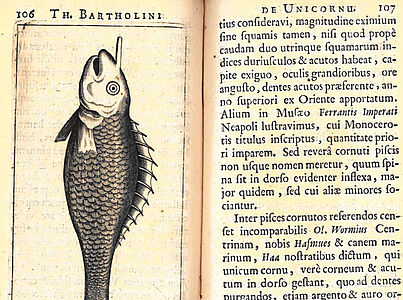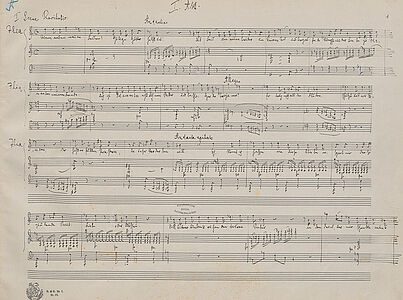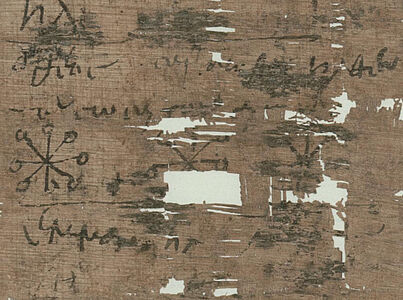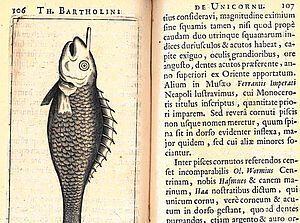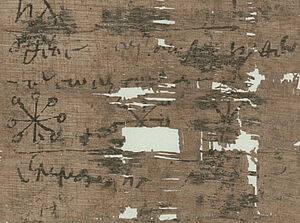You decide, we display!
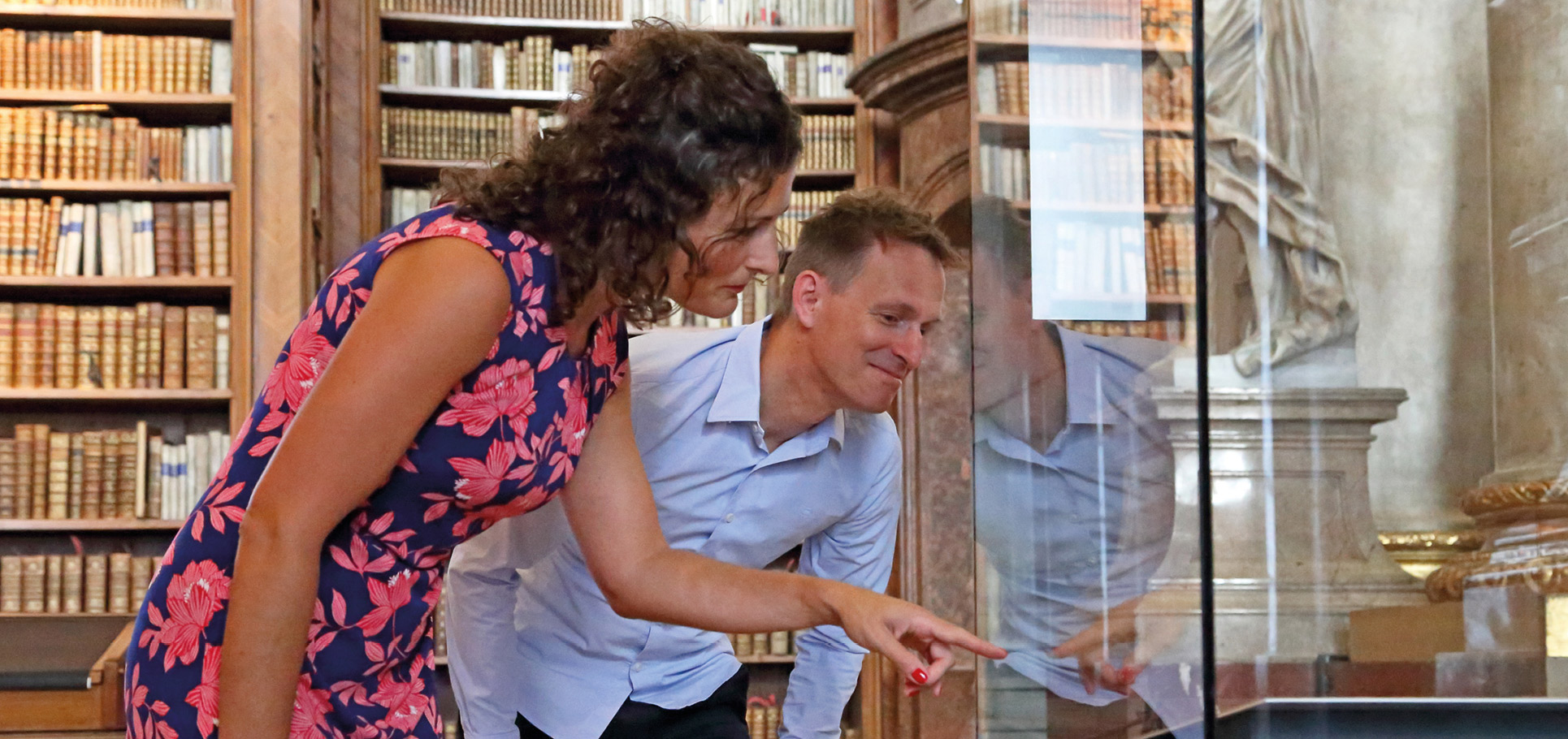
Which "Special Exhibit" would you like to see at a presentation? Vote now! In this round three extraordinary objects from holdings of the Austrian National Library are available. You can vote until 16 October. The winning object will be displayed in the State Hall of the Austrian National Library starting 17 January 2023 as well as at a presentation on 24 January 2023.
Myths and Superstition
Paper and papyri on the supernatural
Whether in the world of ghosts, legends or gods – mythical thinking and superstition have accompanied humanity since the beginning of its history. People have prayed, sacrificed and implored, but they have also speculated with rich imagination about what lies beyond what our senses can perceive... The collections of the Austrian National Library house a rich treasure of texts and representations about fantastic figures and ambiguous signs.
Your vote counts!
You decide: Vote here for your favourite object!
Only one vote per IP address possible.
Object 1: New observations on the unicorn
Book with copper engravings, 1678
Unicorn horns were among the most sought-after objects in 16th and 17th century princely collections and curiosity cabinets. The two prominent Danish physicians Ole Worm and Thomas Bartholin established that the supposed horns of this miraculous animal were actually the tusks of the narwhal – but was there any proof that a land unicorn had never existed? And couldn't a narwhal horn still have the same healing power that was attributed to that of the unicorn? Bartholin addressed these questions in his book De unicornu observationes novae. In the second edition of the work, in addition to the narwhal and other real and legendary horned creatures, he also described a case from his medical practice, a patient with a skin horn.
Object 2: Richard Strauss: Sketches for the arrangement of Mozart's Idomeneo
Original manuscript, 1930
For the 150th anniversary of its premiere, Richard Strauss adapted Mozart's opera Idomeneo for the Vienna State Opera in a modernised German text version by Lothar Wallerstein. The plot of this opera seria tells of the cruel consequences of an oath made in the greatest distress: In danger of drowning in a storm at sea, Idomeneo promises the god Neptune to sacrifice to him the first living creature he encounters after safely landing – not suspecting that it would be his own son... For the performance at the Vienna State Opera, Strauss made major changes to Mozart's music, partly reworking it in Mozart's style and partly recomposing it in his own tonal language. These sketches document his work on this.
Object 3: Jewish-Christian numerological amulet
Papyrus, 5th century AD.
This amulet from late antiquity offers a variety of interpretations of its mystical power. Magical signs and symbols must be related to allusions in the text. In the centre of the amulet are three stars whose rays each end in a circle, intended to capture the magical energy inherent in the signs. The three lines above read: "El, El, El, God Sabaoth came to save the sinner". There are again three lines below the stars that read: "Emmanuel, Luel (three divine symbols with alpha and omega), Amen, God, in peace". Christian and Jewish elements are mixed here with numerological mysticism.

